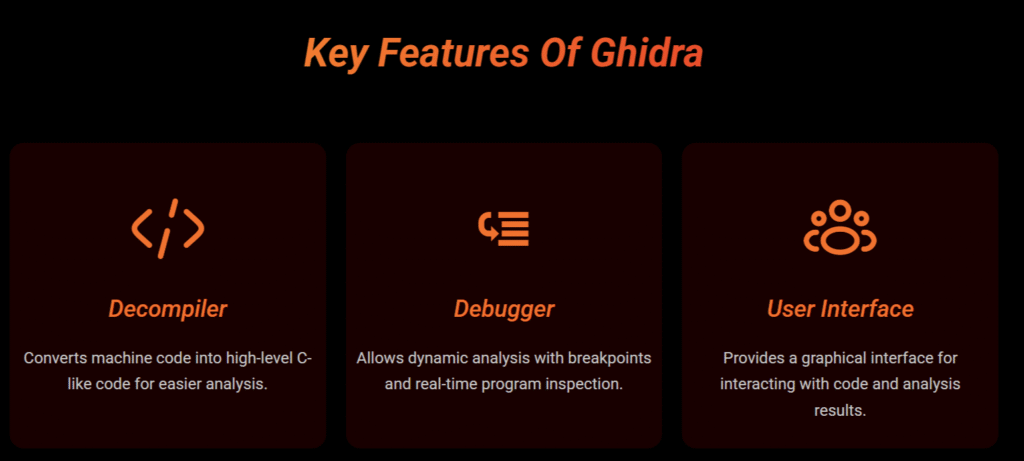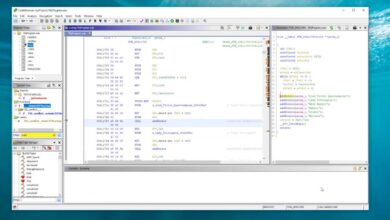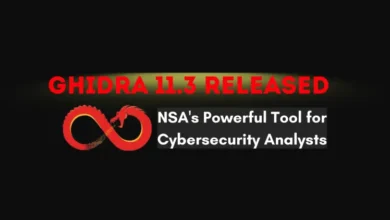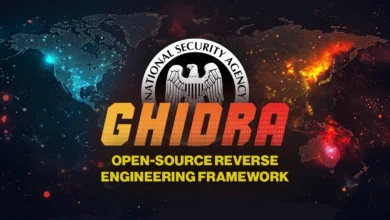Ghidralite: Comprehensive Guide to Ghidra Reverse Engineering Tool

Ghidra is a robust, open-source reverse engineering platform developed by the NSA (National Security Agency) and released publicly in 2019. Designed for analyzing binary files and compiled software, it supports multiple architectures and file formats. With its built-in disassembler, decompiler, and an intuitive graphical interface, Ghidra has become a go-to tool for cybersecurity experts, malware analysts, and software engineers seeking advanced analysis capabilities.
Whether you want to understand how malware operates, debug complex software, or explore compiled programs, Ghidra offers a versatile toolkit. Its extensibility via scripting and plugins allows users to customize workflows and automate repetitive tasks, making it a powerful solution for professional reverse engineering.
Key Features of Ghidra
Decompiler: Transforms low-level machine code into readable, high-level C-like code for easier analysis.
Disassembler: Breaks down binary files into assembly instructions to understand program flow.
Debugger: Enables real-time dynamic analysis, monitoring program execution, and setting breakpoints.
Graphical User Interface (GUI): A user-friendly interface that organizes analysis tools for streamlined workflow.
Cross-Platform Support: Works on Windows, macOS, and Linux.
Scripting and Automation: Extend functionality using Java or Python scripts, ideal for repeated or complex tasks.
Collaboration: Features like Ghidra MCP (Multi-User Collaboration Project) allow teams to work on shared projects.
How to Get Started with Ghidra

System Requirements
Before installing, ensure your system meets the following:
Operating System: Windows 10/11, modern macOS, or Linux distributions.
Java: Java Development Kit (JDK) 11 or newer must be installed and configured in the system PATH.
Download and Installation
Visit the official Ghidra download page.
Select the appropriate package for your platform: ZIP for Windows, TAR.GZ for Linux/macOS.
Extract the package to a directory of your choice.
Run the starter script: ghidraRun.bat (Windows) or ghidraRun (macOS/Linux).

Initial Setup
When launching Ghidra for the first time, set up a workspace directory where projects and analysis data will be stored.
Create a new project via File > New Project. Choose between a Non-Shared Project (local) or a Shared Project (for collaborative work).
Import a binary file via File > Import File, configure analysis options, and let Ghidra perform initial analysis.
Navigating Ghidra
The main interface includes:
Code Browser: Central window for code navigation, decompilation, and analysis.
Listing Window: Displays disassembled code and assembly instructions.
Symbol Tree: Organizes functions, variables, and data structures for easy access.
Performing Analysis

Basic Analysis
Start by importing a binary and allowing Ghidra to detect code and data regions automatically. Explore the program structure, inspect assembly code, and identify critical functions.
Advanced Techniques
Control Flow Analysis (CFG): Visualizes execution paths between code blocks.
Data Flow Analysis: Tracks how data moves and changes within the program.
Annotations and Comments: Document findings directly in the interface for easier project tracking.
Tips for Effective Usage
Familiarize yourself with the GUI to access tools efficiently.
Save work frequently to avoid data loss during complex projects.
Organize projects separately to prevent clutter.
Use search functions to quickly locate functions, strings, and symbols.
Experiment with different Code Browser views to understand the program better.
Keep Ghidra updated to benefit from new features and bug fixes.
Frequently Asked Questions
What is Ghidra?
An open-source reverse engineering tool developed by the NSA for analyzing binaries.
Is Ghidra free?
Yes, it is completely free to use.
Which platforms are supported?
Windows, macOS, and Linux.
Can Ghidra analyze malware?
Yes, it is widely used for malware analysis.
Does it support scripting?
Yes, Java and Python scripting are supported.
Is there a community forum?
Yes, an active user community and documentation are available online.
Ghidra vs IDA Pro
| Feature | IDA Pro | Ghidra |
| Cost | Paid | Free |
| Cross-Platform | Limited | Windows, macOS, Linux |
| Decompiler | Paid Add-On | Built-in |
| Community Support | Moderate | Large & active |
| Extensibility | Moderate | High (plugins, scripts) |
Ghidra’s combination of power, accessibility, and flexibility makes it an excellent choice for both professional and learning environments.
Read More: GHIDRALITE



